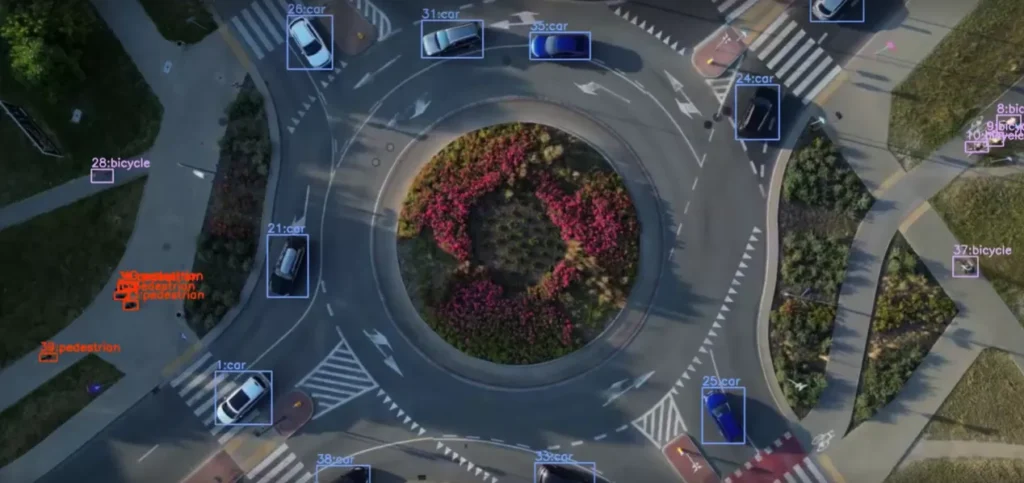
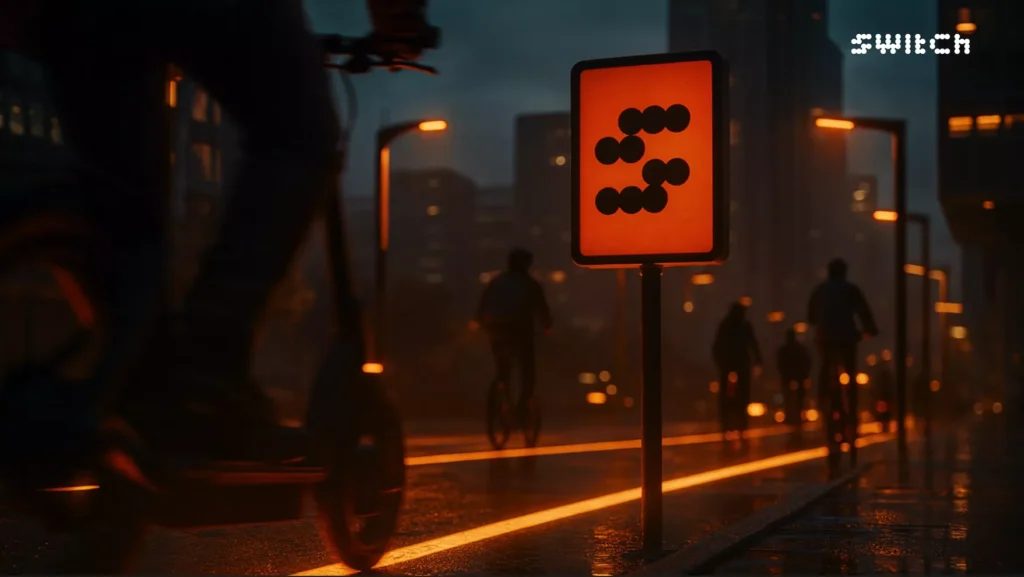
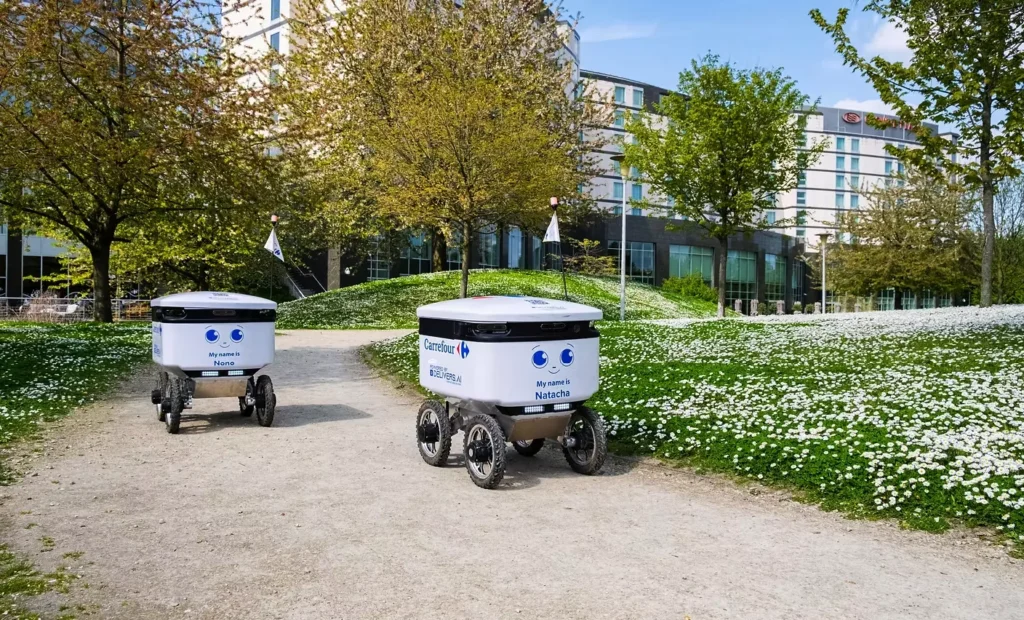
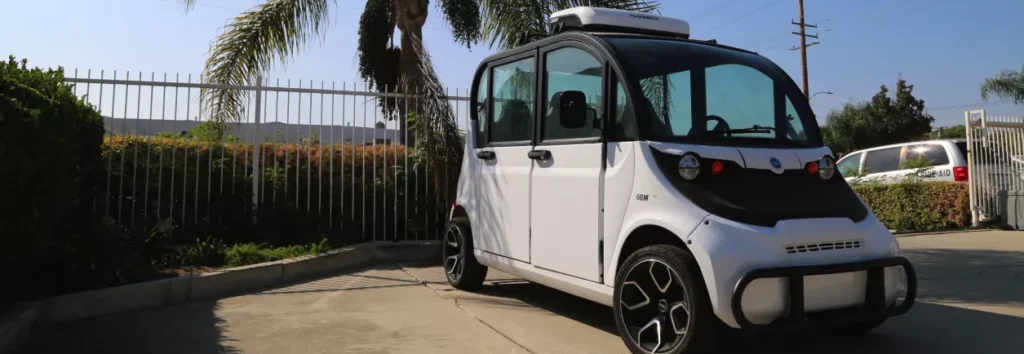
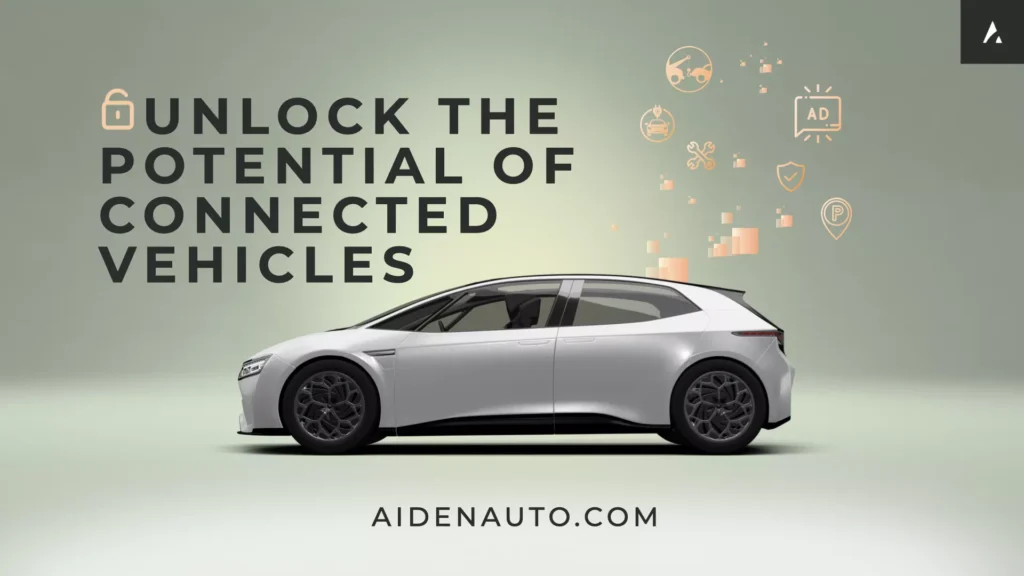





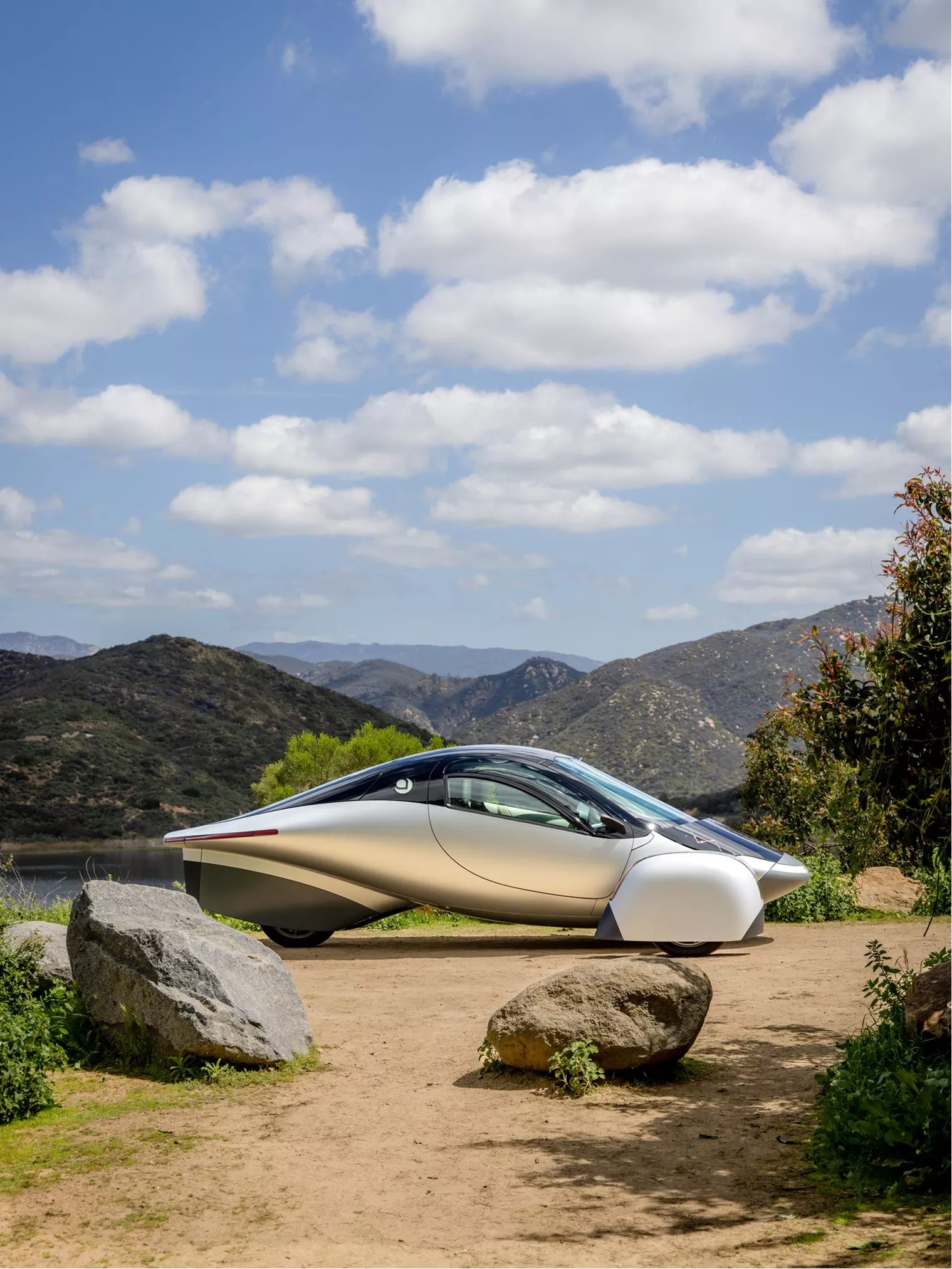
From EVs and batteries to autonomous vehicles and urban transport, we cover what actually matters. Delivered to your inbox weekly.
CATL has raised $4.6 billion through its Hong Kong listing. Shares were priced at HK$263, the top of the stated range. This is the company’s second public listing after Shenzhen. The capital will be used for global expansion, production scale-up, and battery technology development.
CATL supplies batteries to over 17 million electric vehicles. Its market share reached 38% in 2024, with continued high-volume output in 2025. The listing increases its access to international capital while maintaining domestic manufacturing dominance.
CATL raised $4.6 billion through its Hong Kong listing, pricing shares at HK$263. The deal closed at the top of the expected range, showing strong demand from investors. This listing adds a second capital base alongside Shenzhen and gives the company more flexibility for international growth.
The funds are already assigned. CATL will use the capital to expand battery factories in Southeast Asia and Europe, upgrade its chemistry platforms, and build more control over raw material supply. Part of the money will go toward scaling sodium-ion and advanced LFP technologies, including new R&D infrastructure and upgrades to cell production lines.
CATL is also investing upstream. It is securing access to key materials through direct mining partnerships and processing agreements outside China. These moves are designed to meet regional content rules and reduce risk from export controls.
The listing builds financial capacity where CATL is expanding physically. It supports both growth and stability in the company’s global supply system.
CATL is expanding production across Europe, Southeast Asia, and Latin America. Sites are chosen based on compliance frameworks, local sourcing thresholds, and access to state-backed industrial incentives. Facility design follows the legal structures of each market.
In Germany, CATL is expanding capacity in Thuringia under EU battery passport rules. In Thailand and Indonesia, it is building manufacturing zones integrated with regional trade agreements and supply chain corridors. In Latin America, it is deploying pack assembly and materials processing near mineral sources and public energy programs.
Each site is structured to meet enforcement criteria. Operations align with host-country regulations on origin, labor, and emissions. Location, output, and compliance are planned as one system.
CATL deploys three battery chemistries across its platform: LFP, sodium-ion, and NCM. Each chemistry is selected based on material access, safety profile, regulatory requirements, and regional delivery conditions.
LFP cells are used for high-volume EV production. The company continues to refine this format through structural cell integration and pack-level optimization. Most domestic installations are based on LFP due to stable sourcing and existing infrastructure.
Sodium-ion production has entered rollout phase. It uses non-lithium inputs, operates under low thermal load, and maintains charge performance in cold environments. Manufacturing lines have been adapted to switch between LFP and sodium-ion with minimal reconfiguration.
NCM is reserved for long-range formats under specific output contracts. CATL adjusts the composition to manage metal exposure and meet cost targets in designated export markets.
Chemistry selection is not based on performance metrics alone. Each format is assigned to match compliance rules, operating climate, cost band, and deployment timeline. Production planning begins at the chemistry layer.
CATL remains the largest battery supplier in the world. It holds the highest volume, the widest reach, and the most installed capacity. But the structure underneath is shifting.
April deliveries dropped to 21.20 GWh in China. Share fell to 39.44%. Installations from competitors are rising quarter over quarter. BYD is accelerating in direct overlap zones. The LFP segment is crowded. The rate of change is accelerating.
Growth no longer guarantees hold. Volume does not guarantee margin. Domestic space is tightening. What CATL built through scale must now be held through control.
Market share is not a position. It is a condition. It must be maintained. Or it moves.